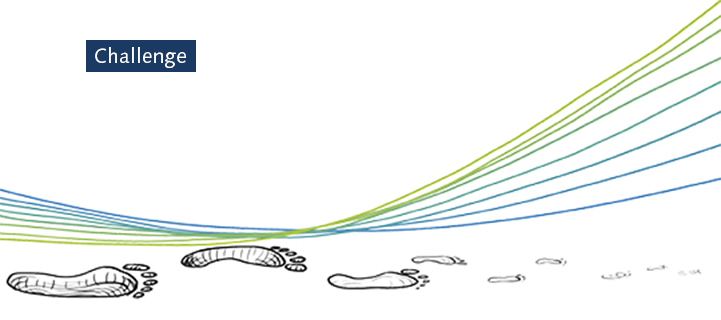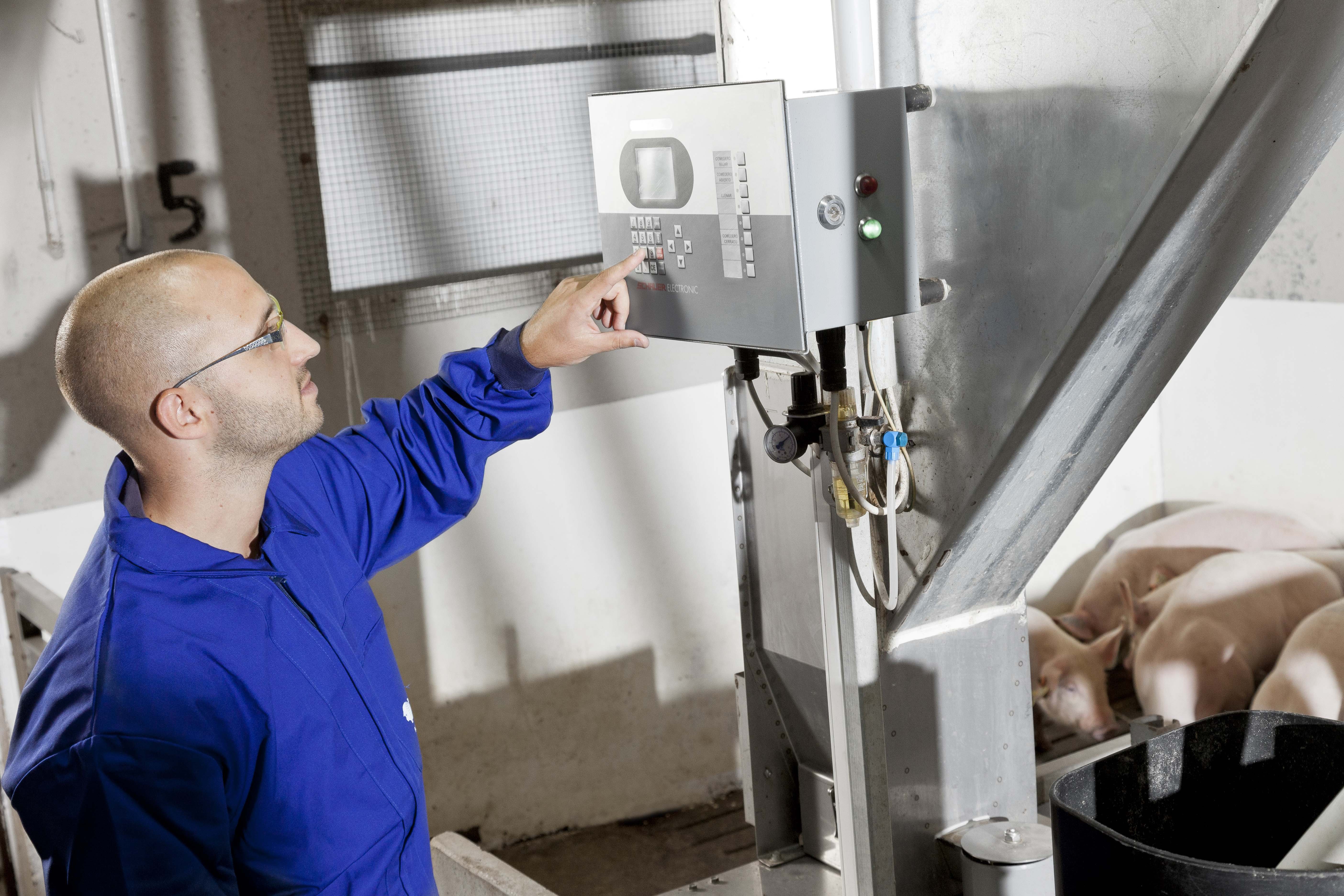
Published on Feb. 1, 2022
How to: Decrease the footprint of pork production
Pork production is facing increasing consumer concern about the environmental impact of its current production system. The impact it has on land, air, water, and greenhouse gas emissions all make up the environmental footprint it leaves on our planet. How can we decrease the footprint of pork production while still providing enough to feed a growing population?
A balanced solution is needed for many challenges facing the pig production sector. Not only do we need to meet the growing demand and reduce the impact production has on the environment, but we also need to continue maintaining high animal welfare standards and at the same time, balance the profitability of the sector.
Facts & figures
Research shows that the food we eat (and the food we waste) is responsible for one-quarter of the planet-warming greenhouse gases. The energy used to produce animal protein is a legitimate area of concern.
Feed is responsible for 50% to 80% of the environmental footprint of animal protein. In the past, feed conversion was mainly important for reducing the cost of production, but we now know that it also plays a critical role in environmental impact, as well as producing animals with high nutritional value and quality. To reduce the pork production footprint, our swine breeding program focuses on:
- Feed efficiency, or more to the point sustainable conversion; the ability to cope with different and novel feed ingredients.
- Survival, every pig that makes it to the slaughter hook is more efficient use of feed and feed ingredients.
In other words, animals that fit into a circular food system.
Life cycle assessment – real footprint of pork production
Intensification
Research from the United States show a clear trend in the footprint of pork production. Using life cycle assessments of the pork value chain, modelling pork production from 1960 till 2015, they demonstrate a reduced environmental impact per kg of pork produced. On average, production weighted metrics declined across all four categories over the assessment period. The largest decrease was seen in land use (75.9 percent), followed by water use (25.1 percent), then Global Warming Potential (GWP) (7.7 percent), and finally energy use (7.0 percent). Clearly demonstrating that by intensification the pork production footprint has reduced dramatically over the last decades.
Feed is the key
It is estimated that the production of 1 kg/2.2 lbs of pork leads to the equivalent of 7.2 kg/15.9 lbs CO2 emission. Almost half of it comes from feed. The other half comes from land use change, the change in biomass and soil carbon, and on farm processes (fertilizer, manure, and farm machinery). The remainder, about 15%, comes from transport, processing, packaging, and retail. So, the obvious one to target for a reduction in pork production food print is the feed. Both from a feed conversion and from a land use perspective, i.e. if animals are more efficient, less input is needed. And if the feed can be sourced from alternative routes, such as waste streams, this will have an impact on land use as well.

Responsible consumption and production
Making people aware of responsible production and consumption is a key factor in improving the sustainability of global food production. In a circular food system, we want to produce enough food for the world population while taking our planet’s carrying capacity into account. To achieve this, we need to make optimum use of all our biomass. In an ideal circular system, production and livestock should result from optimal processing, whereby the sum of all products meets human nutritional demands.
Swine breeding is about continuous incremental improvements. By taking a high quality, balanced breeding approach, we aim to increase food safety and animal welfare, to support responsible protein consumption and reduce the impact production has on the environment.
You've read a challenge article. Interested in the solution or opportunity?
Do you want to explore all articles?
